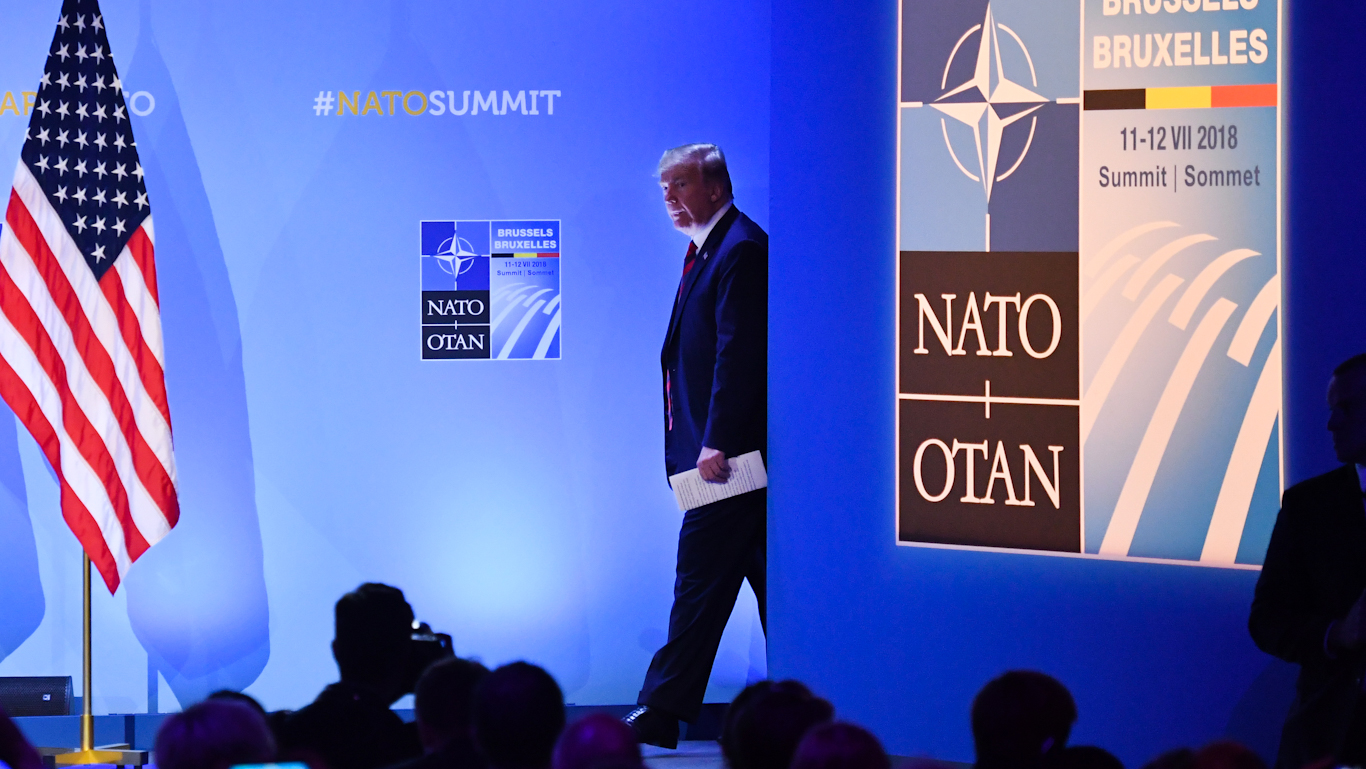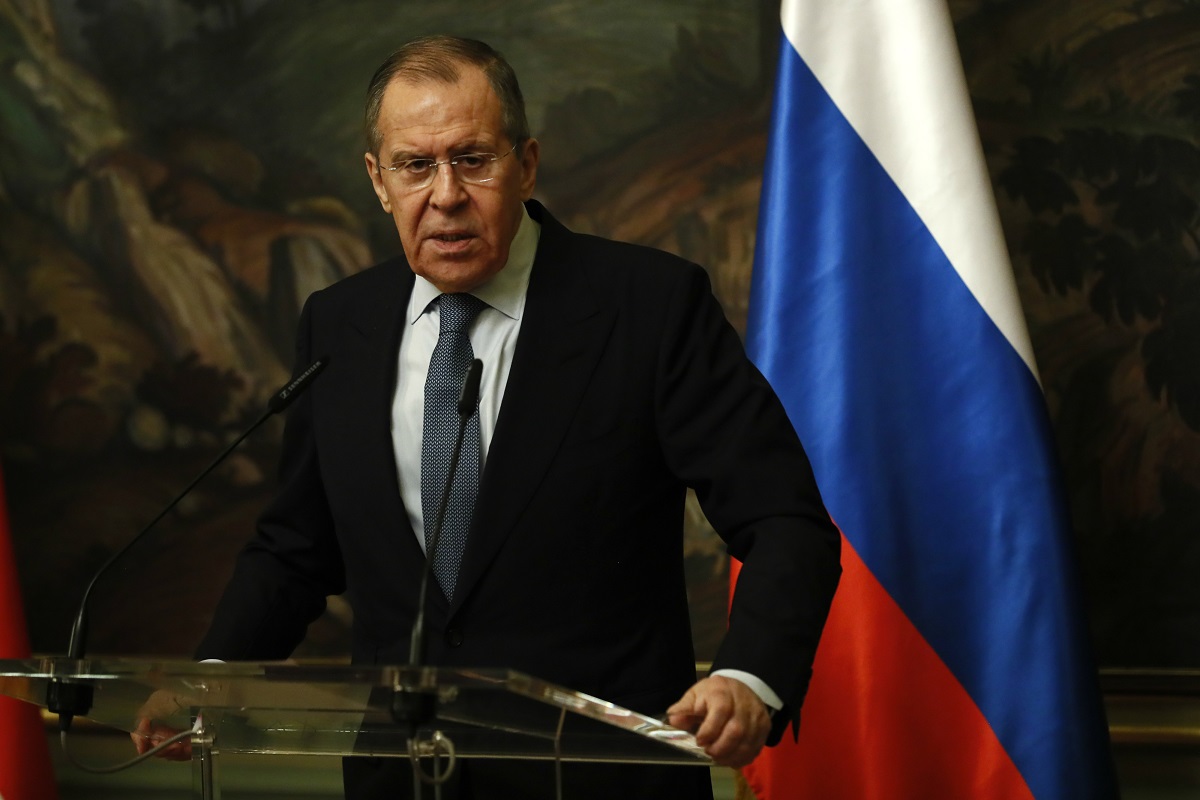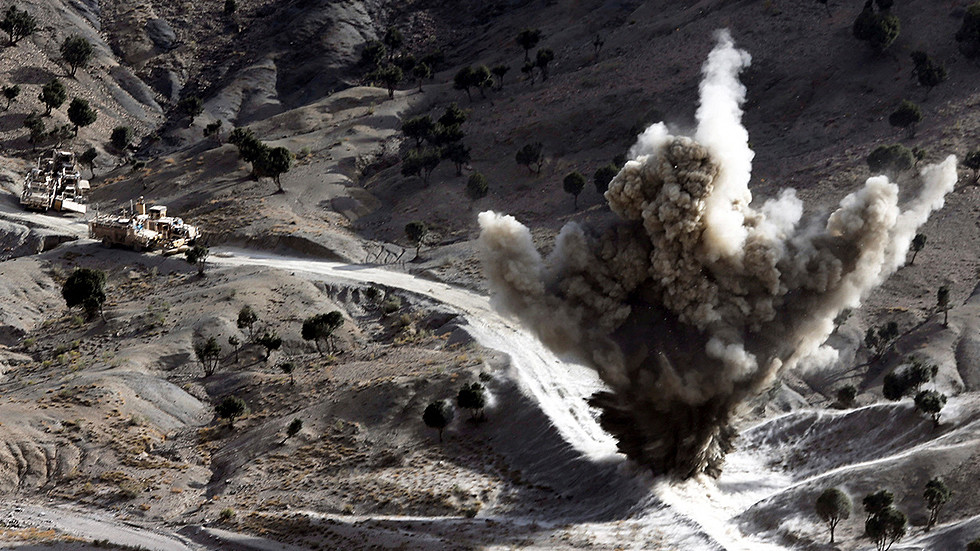This news comes nearly a year after the United States announced it had produced the first of these warheads. Proponents say the warheads are necessary to give the U.S. government added flexibility to respond to certain crises, including limited nuclear strikes, but critics contend that they raise the likelihood of the United States employing nuclear weapons, to begin with.
The Federation of American Scientists first reported the deployment on Jan. 20, 2020. The Ohio class ballistic missile submarine USS Tennessee left its homeport at Naval Submarine Base Kings Bay in Georgia in late December 2019 for a deterrent patrol armed with an unknown number of Trident IIs carrying W76-2s. (Note ... Is it just a coincidence that a new strain of Coronavirus appeared in China at approximately the same time?
)
"We estimate that one or two of the 20 [Trident II] missiles on the USS
Tennessee and subsequent subs will be armed with the W76-2, either singly or carrying multiple warheads. Each W76-2 is estimated to have an explosive yield of about five kilotons," according to
the Federation of American Scientists. "The remaining 18 missiles on each submarine like the
Tennessee carry either the 90-kiloton W76-1 or the 455-kiloton W88. Each missile can carry up to eight warheads under current loading configurations."
So, the W76-2, with its estimated yield of five kilotons, has a yield 18 times smaller than the existing W76-1 and is more than 90 times smaller than the W88.
NUKEMAP, a map tool that nuclear weapons historian Alex Wellerstein, presently a professor at Stevens Institute of Technology in New Jersey, first put online in 2012,
estimates that a W76-2 that detonates on the ground would create a fireball just over 490 feet wide, wherein anything would be incinerated, and cause varying levels of damage to anything within a circle around ground zero just under one and a half miles in diameter. By comparison, the W88's fireball would be just under 2,330 feet wide and there would be degrees of damage across an area around 18 miles in diameter. The spread of deadly radiation and fallout would also be factors within these areas, as well as beyond, depending on prevailing weather patterns.
President Donald Trump's Administration codified plans to develop a low-yield warhead for the Trident II missile in the
2018 Nuclear Posture Review. The National Nuclear Security Administration (NNSA), the division of the Department of Energy directly responsible for overseeing America's nuclear stockpile,
announced it had built the first W76-2 at the Pantex Plant in Amarillo, Texas in February 2019. At that time it said that it planned to deliver the first of these warheads to the Navy by the end of the fiscal year, which wrapped up on Sept. 30, 2019.
The exact configuration of the W76-2 is classified, but it is known to be a derivative of the W76-1, which was itself a product of
a life-extension program for the original W76 warheads that NNSA also completed last year. The W76 and W76-1 are understood to be
two-stage thermonuclear weapons and previous reports
have posited that the new W76-2 may simply eliminate the second stage to produce a significantly lower yield. This would also help explain the speed at which NNSA could develop and field the warhead.
"We estimate approximately 50 W76-2 warheads were produced, a low-cost add-on to improved W76 Mod 1 strategic Trident warheads which had just finished their own production run," the Federation of American Scientists said in their report. At present, the Navy plans to eventually deploy Trident II missiles armed with the new warheads on its future
Columbia class ballistic missile submarines, which are scheduled to begin sailing deterrent patrols in 2031.
The Trump Administration and other proponents of the low-yield warhead have argued that there is a need for a
more "flexible" deterrent option to respond to more limited nuclear strikes, including those involving an opponent employing tactical nuclear weapons in a battlefield context. The concern is that the U.S. government could be too worried about employing larger yield nuclear weapons to respond in kind to these strikes, creating a deterrence "gap" that opponents might be able to exploit.
This development was driven in no small part by Russia's purported "escalate-to-deescalate" doctrine. Experts continue to disagree over whether or not this policy actually exists.
Concerns
about advanced and
novel Russian strategic weapons developments, as well as
those in China, have prompted steady increases in U.S. government spending on modernizing deterrent capabilities
in recent years, in general. On Jan. 28, 2020, Senator Jim Inhofe, a Republican from Oklahoma and the present the Chairman of the Senate Armed Services Committee, said that the Trump Administration plans to seek another $20 billion for such efforts in the 2021 Fiscal Year, a 20 percent increase over the previous fiscal year's budget,
according to Defense News. Existing modernization plans related to America's nuclear arsenal are already slated to cost at least $1.2 trillion over the next 30 years, spending that
The War Zone has previously pointed out
is very likely unsustainable over that period.
On the other side, critics of the lower-yield W76-2 warn that it is
inherently more "usable" and risks lowering the threshold for deciding to employ nuclear weapons. They also point out that the U.S. military already
has various nuclear weapons with so-called "
dial-a-yield" capabilities that allow for lower yields and the force does not need a new warhead to meet these requirements.
Beyond that,
there is no indication that America's potential opponents would be able to discriminate between the launch of a Trident II missile armed with W76-2 warheads and one with larger yield W76-1s or W88s. With just minutes to decide how to react, those adversaries could feel forced to respond as if they were under imminent threat of a full-scale nuclear strike from the United States, rather than a limited one, for fear of losing the ability to retaliate.
A
recent push by some members of Congress to cancel or curtail the W76-2 program as part of negotiations over the annual defense policy bill, or National Defense Authorization Act, for the 2021 Fiscal Year,
ultimately collapsed. Opposition to the low-yield warhead remains and there may be additional legislative efforts aimed at removing it from America's nuclear arsenal in the future.
In the meantime, however, the Navy's
Ohio class ballistic missile submarines look set to sail their routine deterrent patrols carrying Trident II missiles carrying the new, lower-yield warheads.















